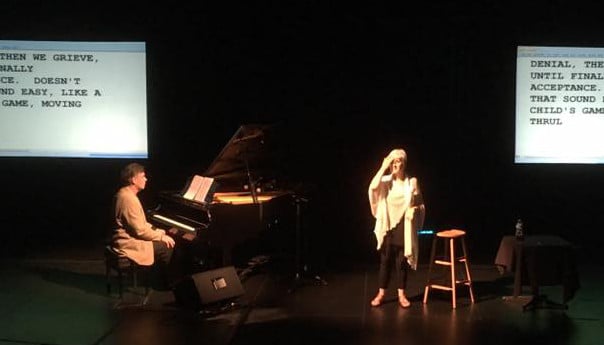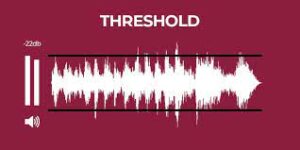Dear Readers:
During this holiday season, the editors at Hearing Health & Technology Matters (HHTM) are taking some time off. However, we are not leaving you without anything to read on our blog this week. Instead, we are publishing a special holiday edition filled with what we call our Readers’ Choices.
Our Readers’ Choices featured this week are the posts published on each of our individual blogs that drew the largest number of viewers during the year. Whether or not you have read these Readers’ Choice posts before, we think you will enjoy them.
Best wishes for a Happy & Healthy New Year!
First, I must declare a conflict of interest! I have a book coming out (hopefully) in the spring of 2022 called “Music and Hearing Aids” (Plural Publishing). As part of the book a literature review of previous results needed to be performed … and this is what the research says….
Actually, the research was from many sources, over many years, and with differing research approaches. But in reviewing everything, it seems that going forward all hearing aids, in addition to their various speech programs should have three distinct programs for music- listening to recorded/streamed music; listening or playing live music; and listening or playing to “instrumental only”
1. Listening to recorded/streamed music:
Much of the research on this came out of the work by Croghan, Arehart, and Kates over several studies. Among other things they looked at pre-recorded music that would serve as an input to the hearing aids. Pre-recorded music has already been compression limited (CL) once during the recording process in order to ensure that the dynamic range of the sounds of music could faithfully be reproduced given the more limited dynamic ranges of the mp3 and similar media, and a second time would be by the hard of hearing listeners own hearing aids. This double compression could be problematic. And indeed, these researchers found that linear or slow acting WDRC would be the best. Their research results had a dependence on the type of music, but a “less is more” approach to this hearing aid program seems reasonable- linear compression, or slight WDRC with slow acting time constants.
2. Listening or Playing live music:
This separate music program has been examined by many researchers over the years, including Croghan, Arehart, and Kates, but also researchers out of Vanderbilt (Rickets and colleagues), and Cambridge University (Brian Moore, Michael Stone, and colleagues). When all was said and done, this particular music program would be similar to a speech in quiet program but with frequency lowering, noise reduction, and feedback management disabled. (You have to read the book for the full story!)
Issues related to frequency response and frequency bandwidth are more related to an individual’s cochlear damage rather than the nature of the input stimulus per se. Similar frequency response and compression settings as a speech in quiet program would also be the goal of this live music program.
3. Instrumental music program:
This third music program is based on some work from about a decade ago by Francis Kuk and his colleagues as well as some recent work I did on frequency lowering- that one octave island of refuge that appeared in HearingReview.com last December. The idea is if the only input to the hearing aid is music, and no vocals, then one can impose a linear frequency lowering algorithm by exactly one octave. This technology was available in the hearing aid industry about a decade ago but was recommended for bird songs, speech, and for music. However, if it is just restricted to instrumental music, the results can be excellent.
When instrumental music is frequency lowered linearly by exactly one octave, then the first (and odd numbered harmonics) line up perfectly with already existing harmonics of the music, and the second and even numbered harmonics created perfect fifths or thirds in the music. These additional notes (fifths and thirds) were perhaps not what the composer had in mind, but they would not sound dissonant; just different, but acceptable. And like the “Listening or Playing live music program”, noise reduction, and feedback management should be disabled (or at least minimized).
Some References:
Croghan, N.B.H., Arehart, K.H., and Kates, J. M. (2012). Quality and loudness judgments for music subjected to compression limiting. The Journal of the Acoustical Society of America 132, 1177-1188.
Kuk, F., Korhonen, P., Peeters, H., Keenan, D.A., and Jessen, A. (2006). Linear Frequency Transposition: Extending the Audibility of High-Frequency Information. Hearing Review, Oct. Uploaded June 21, 2021.
Moore, B.C.J. (1996). Perceptual consequences of cochlear hearing loss and their implications for the design of hearing aids. Ear and Hearing. 17, 2, 133–161.
Ricketts, T.A., Dittberner, A.B., and Johnson, E.E. (2008). High frequency amplification and sound quality in listeners with normal through moderate hearing loss. Journal of Speech-Language-Hearing Research. 51, 160–172.









